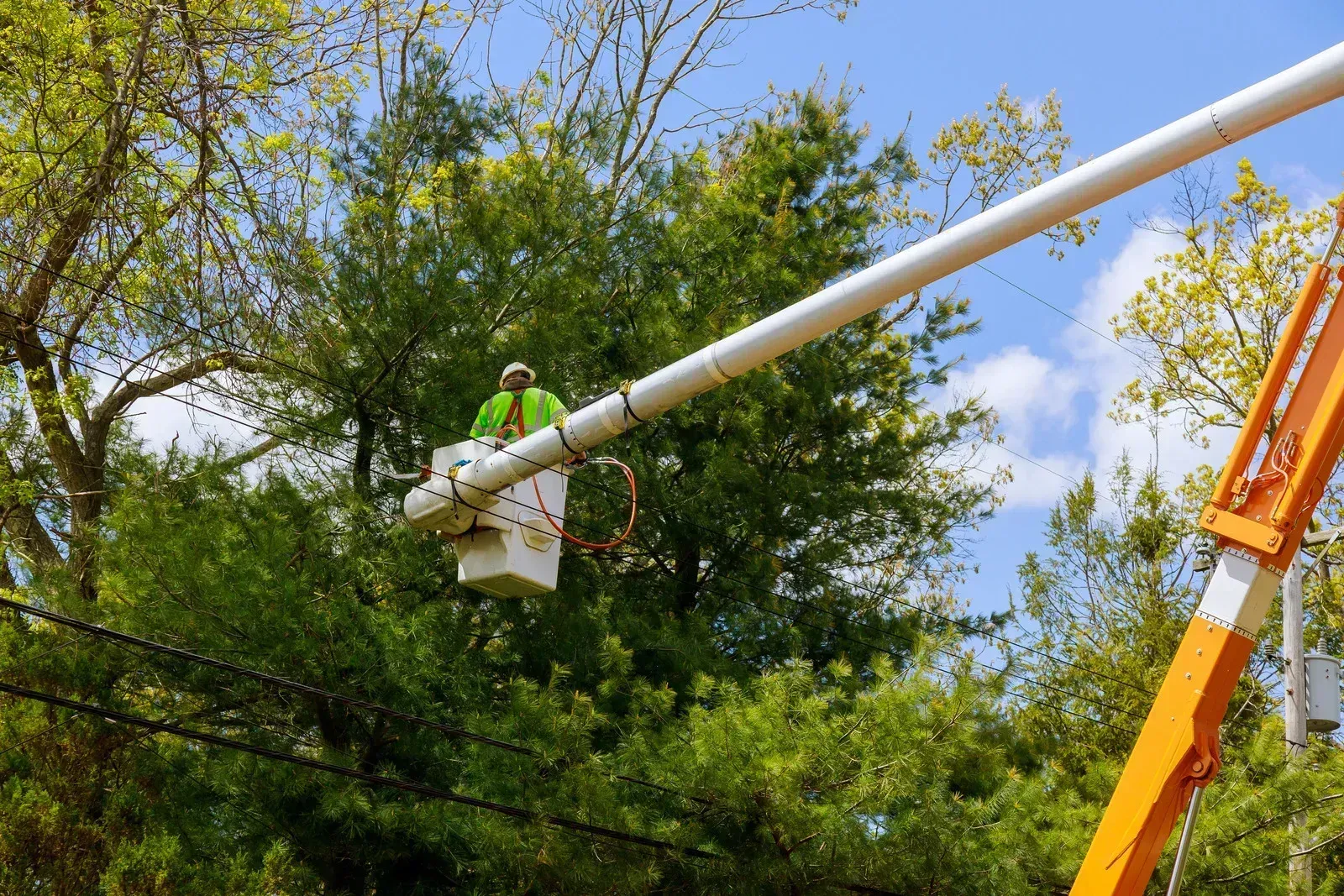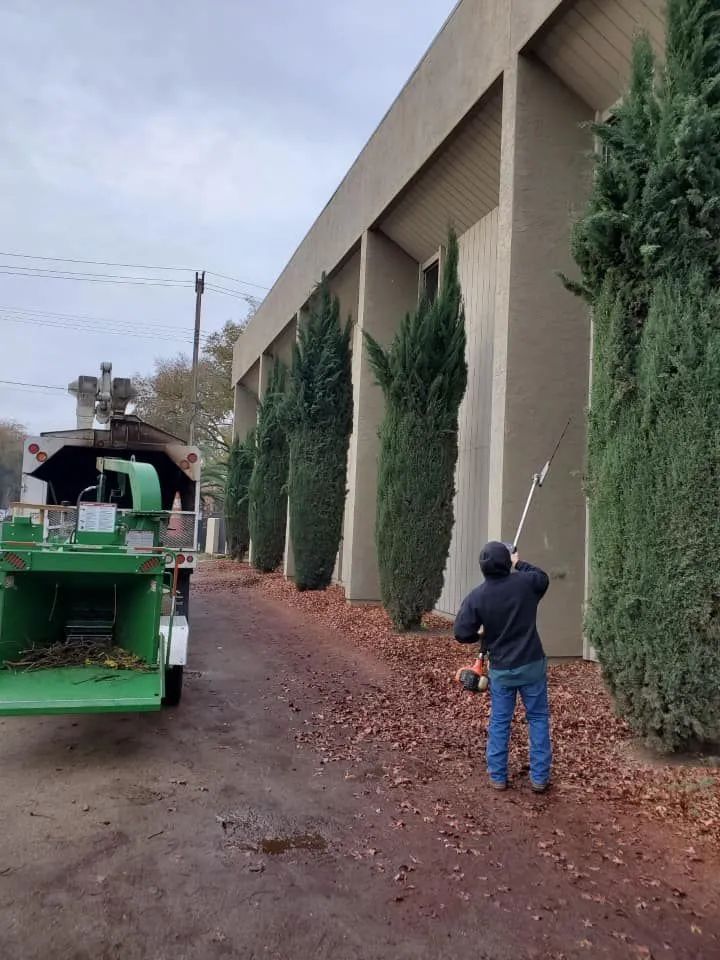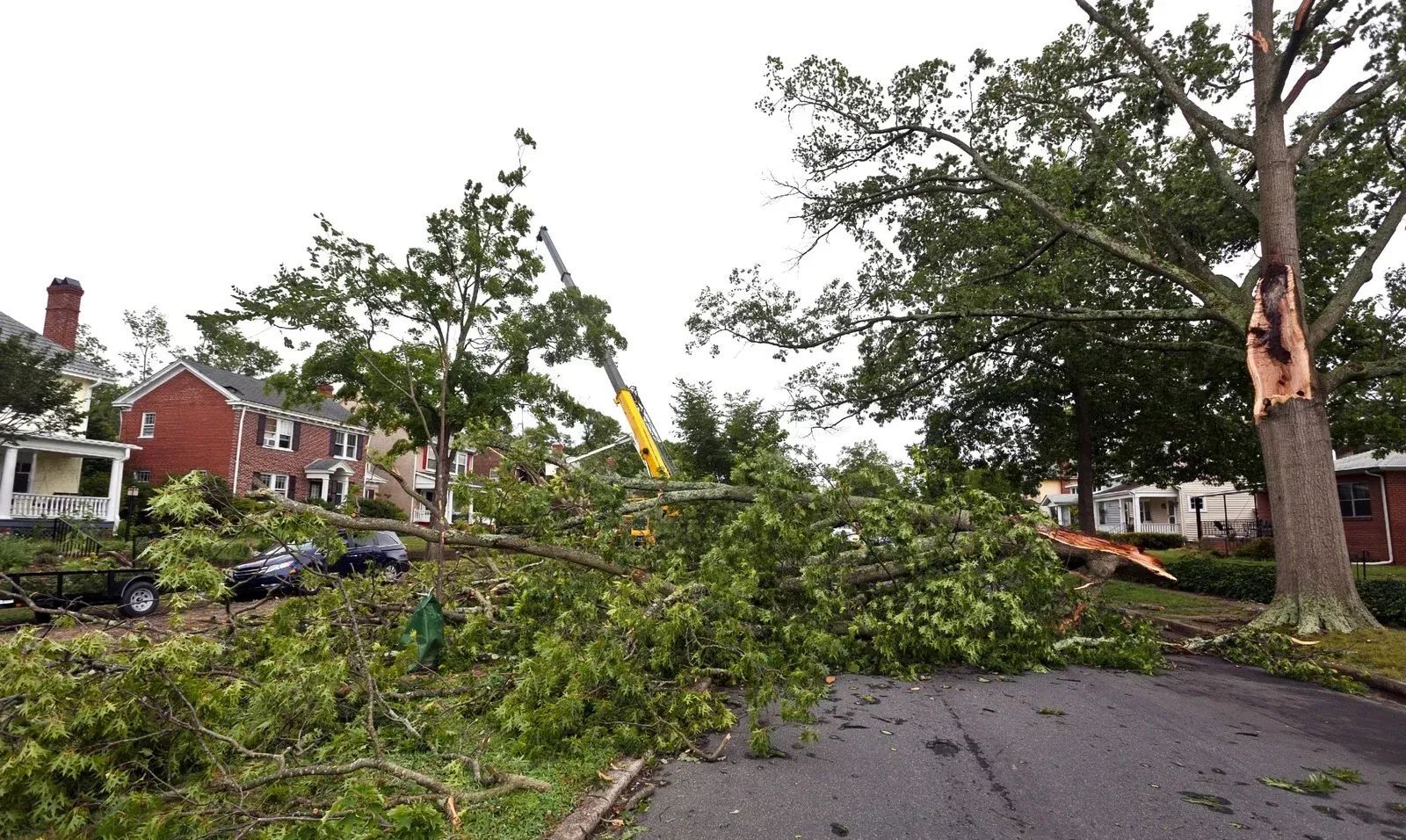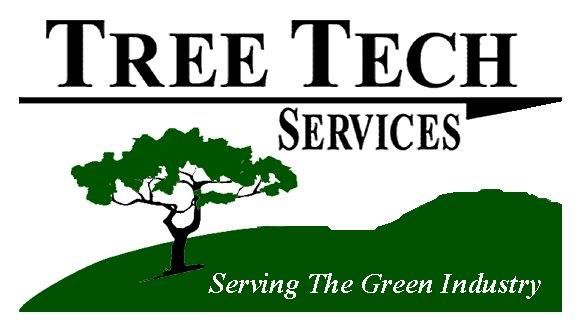Essential Tips for Proper Tree Trimming and Pruning
May 10, 2025

Tree trimming and pruning are essential maintenance practices that help trees stay healthy, safe, and aesthetically pleasing. These tasks can improve the overall structure of your trees, promote better growth, and reduce the risk of disease. Proper trimming and pruning also help prevent accidents by removing dead branches that could fall during storms or high winds. To ensure you're doing it right, here are some expert tips on how to approach these important tasks.
1. Understand the Difference Between Trimming and Pruning
Though the terms are often used interchangeably, trimming and pruning have distinct purposes. Trimming refers to cutting back overgrown foliage or shaping the tree to enhance its appearance. Pruning, on the other hand, involves removing diseased, damaged, or dead branches to improve the health of the tree. It’s important to know which task is appropriate for the situation at hand.
2. Know the Best Time for Trimming and Pruning
The timing of trimming and pruning is crucial to the health of your tree. The best time to prune most trees is during their dormant season, typically late winter or early spring. This minimizes the risk of stress on the tree and allows it to heal faster. However, if you're trimming for aesthetic purposes or shaping, it can be done year-round, as long as you avoid cutting during extreme weather conditions.
3. Always Use the Right Tools
Using the proper tools for tree trimming and pruning is vital to ensuring a clean, precise cut. Sharp pruning shears, saws, and hedge trimmers are a must for making clean cuts that heal quickly. Dull tools can cause jagged wounds, leaving the tree vulnerable to disease. Additionally, for larger branches, use a pruning saw or a chainsaw, depending on the branch size.
4. Don’t Over-Prune
One of the most common mistakes people make when trimming and pruning trees is removing too much of the tree's canopy. Over-pruning can stress the tree, leading to weakened growth or even death. As a general rule, never remove more than 25% of the tree’s canopy at once. If large sections of the tree need to be removed, it’s better to spread the work out over time to allow the tree to recover.
5. Cut at the Right Spot
When pruning, always cut just above the branch collar—the swollen area where the branch meets the trunk. This allows the tree to heal faster and reduces the risk of infection. Avoid cutting too close to the trunk, as this can damage the tree's bark and impede its natural healing process. Additionally, never leave stubs; they create entry points for disease and pests.
6. Remove Dead, Diseased, and Damaged Branches
When pruning, your first priority should be to remove any dead, diseased, or damaged branches. These branches can be a breeding ground for pests and diseases that can spread to the rest of the tree. Removing them not only improves the tree's health but also prevents potential safety hazards from falling branches.
At Tree Tech Services, we have over 35
years of experience in providing professional
tree trimming and pruning services in Sacramento, CA. Our expert team ensures your trees remain healthy, safe, and beautiful year-round. Whether you're looking to improve the appearance of your landscape or need to remove hazardous branches, we're here to help. Contact us today to schedule a consultation and let our seasoned professionals take care of your tree care needs.







